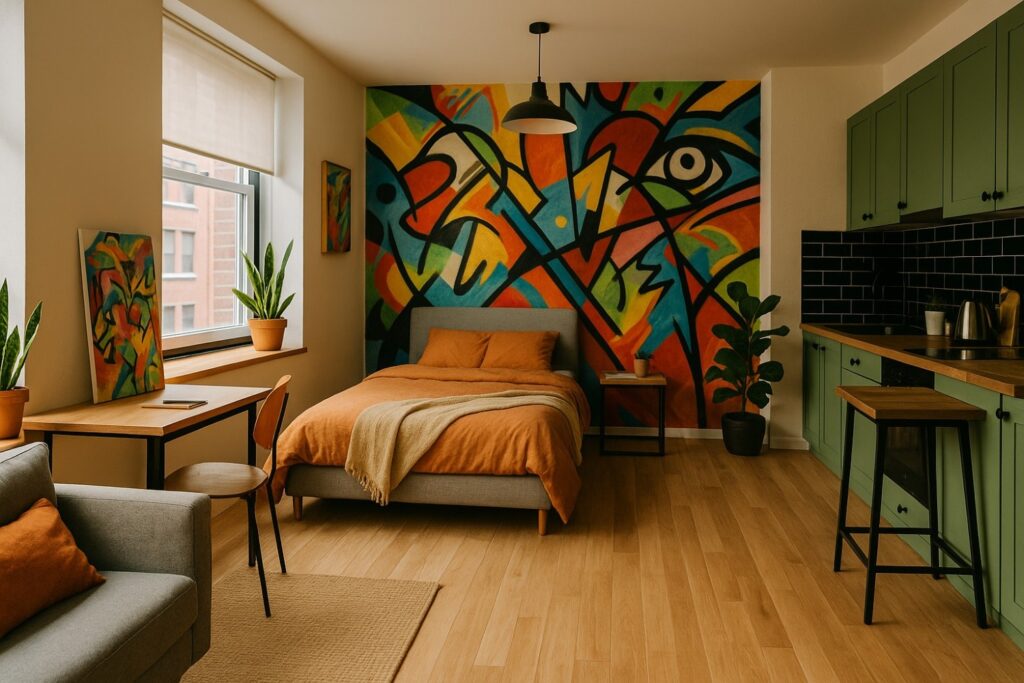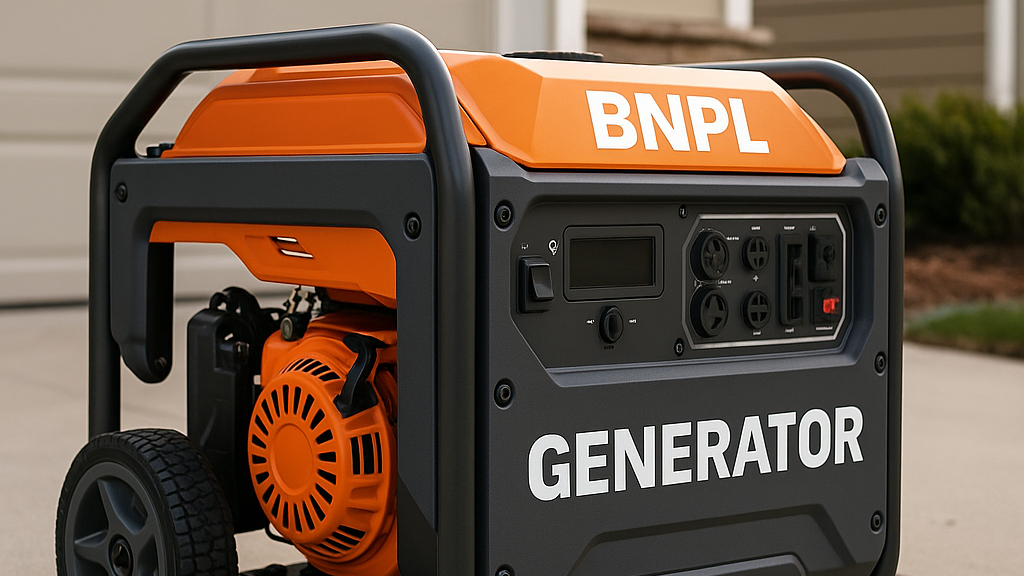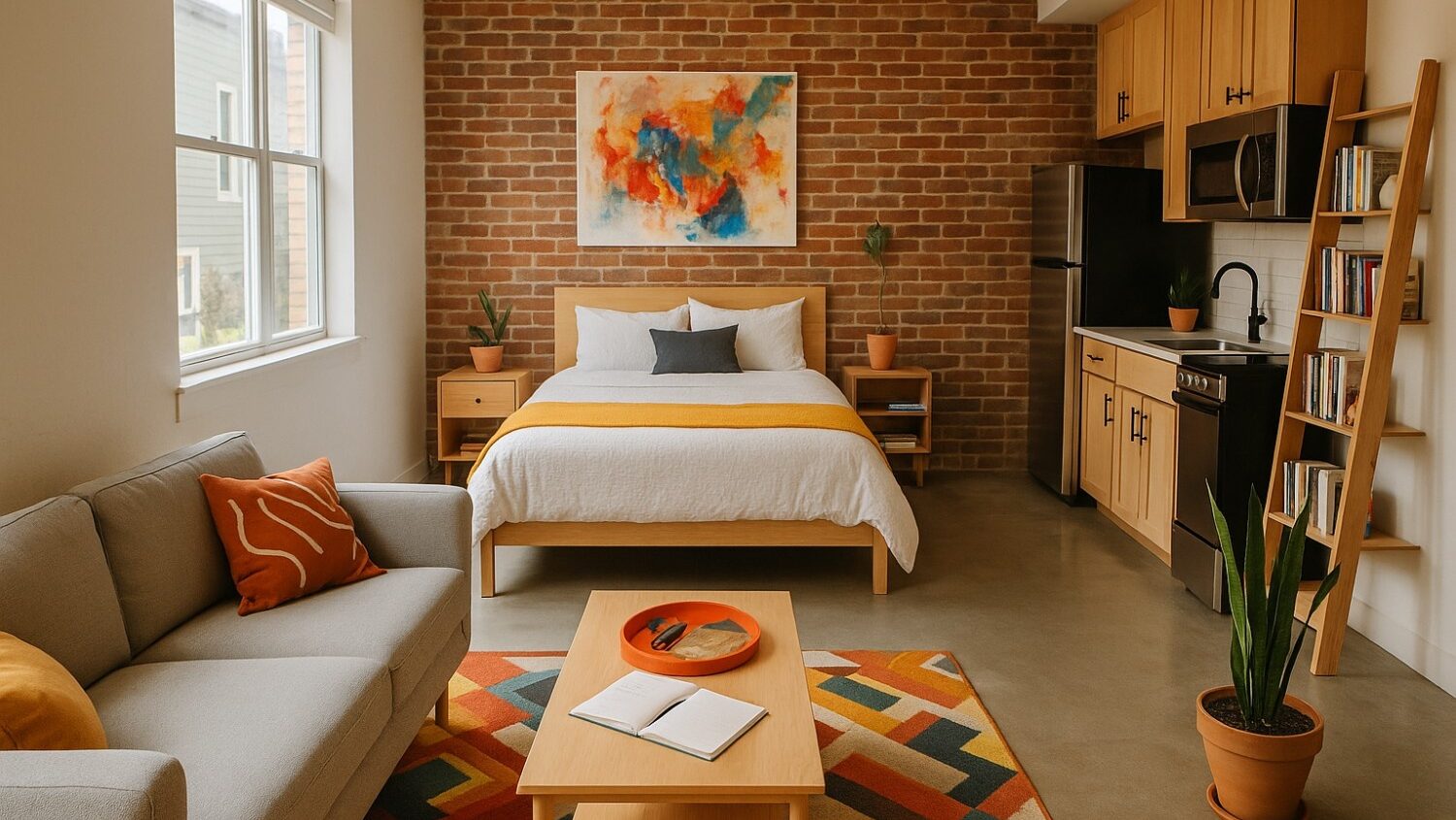How You Can Discover Affordable Low Rent Studio Apartments
Exploring affordable low rent studio apartments can reveal practical housing options with various pricing structures and locations. This guide offers insights into what factors influence rent affordability and how these options fit different lifestyles. Whether you’re a student, freelancer, or professional, low rent studio apartments offer a perfect balance of affordability and inspiration, helping you live more with less while staying connected to vibrant city life.

Understanding Low Rent Studio Apartments: Features and Benefits
Low rent studio apartments offer compact living spaces that combine essential amenities within affordable price ranges. These apartments often appeal to individuals seeking minimal, cost-effective housing solutions without sacrificing basic comfort. Features may include an open floor plan, combined living and sleeping areas, and efficient use of space to support urban lifestyles. Exploring such housing options helps highlight ways residents optimize limited space while managing budget constraints.
The affordability and convenience of studio apartments make them a viable choice for students, professionals, and seniors looking to reduce housing costs. Understanding what low rent implies in terms of amenities, location, and lease agreements is essential for anyone evaluating this housing style.
Factors Influencing Rent Levels in Studio Apartments
Several elements contribute to the rent price of studio apartments, including geographic location, building age, and included utilities. Urban centers generally command higher rents due to demand and proximity to services. Conversely, apartments in less dense areas might offer lower rates but come with different trade-offs such as longer commute times.
Additionally, the quality and range of amenities can impact rent affordability. Some studios include utilities like water and heating in their monthly rent, potentially increasing costs but providing convenience. Tenants often weigh these factors carefully when choosing suitable housing.
How to Find Affordable Studio Apartments
Locating low rent studio apartments involves researching listings on various platforms, from dedicated housing websites to social media groups. Potential renters benefit from setting a clear budget and preferred neighborhood criteria beforehand. Contacting property managers directly can sometimes uncover rent specials or units not widely advertised.
Another approach includes exploring housing assistance programs or subsidies that may help reduce rent costs. Local housing authorities and nonprofit organizations occasionally provide resources or referrals. Thorough comparison shopping and understanding lease terms contribute to more informed decisions.
Benefits of Choosing Studio Apartments for Budget-Conscious Renters
Studio apartments often represent a balance of affordability and independence, appealing to those wanting to minimize living expenses without sacrificing privacy. Their smaller space demands encourage efficient living and can reduce utility bills compared to larger units.
Moreover, studios may offer flexibility with shorter leases or furnished options, accommodating transient lifestyles or early-career tenants. This housing style supports maximizing budget allocation, potentially freeing funds for other needs like transportation, education, or savings.
Considerations Before Renting a Low Rent Studio Apartment
Before committing to a studio apartment, prospective renters should assess factors such as location safety, proximity to work or school, and building maintenance standards. Understanding lease terms, deposit requirements, and pet policies is also crucial to avoid surprises.
Additionally, evaluating personal space needs and lifestyle compatibility ensures long-term satisfaction. While affordability is important, quality of life aspects like noise levels and community amenities play a significant role in housing decisions.
Exploring Community Resources for Housing Assistance
Various local and federal programs assist low-income renters, and studio apartments are often part of affordable housing initiatives. Information about these programs is typically available through government housing portals or community centers. Renters can learn about eligibility requirements and application processes for subsidies that help manage monthly rent. Understanding these opportunities can provide guidance for those seeking budget-friendly housing alternatives with added financial support. Explore housing option guides provided by agencies like HUD.
How Rental Market Trends Affect Studio Apartment Prices
Changes in the housing market, such as vacancy rates and economic shifts, influence studio apartment affordability. High demand in metropolitan areas often causes rent increases, though slowdowns can ease prices temporarily. Monitoring rental market reports and forecasts can assist renters in timing their searches effectively. Real estate analysis platforms and economic research institutions regularly publish data that sheds light on trends impacting rental affordability.
Amenities and Utilities Included in Low Rent Studios
The inclusion of utilities like electricity, water, and internet in rent pricing varies among studio apartments. Some providers bundle these services, streamlining payments but affecting monthly costs.Potential renters should inquire about what is covered in rent to accurately compare options. Additionally, amenities such as laundry facilities, parking, and security features may influence overall value and comfort level.
Lease Terms and Flexibility in Studio Apartment Rentals
Lease agreements for studio apartments may range from month-to-month to year-long contracts. Flexibility in leasing terms appeals to students or professionals with uncertain durations of stay. Understanding the implications of lease length on rent prices and deposit requirements is important. Prospective tenants can assess whether shorter leases come with higher costs or if longer commitments offer savings.
Comparing Studio Apartments With Other Housing Types
Studio apartments offer an alternative to shared housing or larger units, often at lower monthly costs. The compact design focuses on essentials, making it suitable for those who prioritize budget and convenience. However, considering lifestyle needs such as space for guests or home office setups guides decision-making. Evaluating pros and cons in comparison with one-bedroom apartments or shared rentals helps identify suitable housing.
The Role of Location: Urban vs Suburban Studio Apartments
Studio apartments in urban locations provide access to public transport, shopping, and cultural amenities, often at a premium rent. Suburban studios may offer lower rent but require commuting. Renters balance these aspects according to personal priorities and budget. Proximity to employment centers and amenities frequently weighs heavily in location choice, shaping the overall affordability equation.
Design and Space Optimization in Studio Living
Efficient use of space is key in studio apartments, with designs that maximize functionality without overcrowding. Multi-purpose furniture and thoughtful layouts help accommodate living, dining, and sleeping needs within a single area. Understanding these design principles aids potential renters in visualizing living arrangements and assessing comfort. Adaptability and organization become important aspects of making the most of limited square footage.
Cost-Saving Tips for Studio Apartment Renters
Renters can explore ways to manage housing expenses such as sharing utilities, negotiating lease terms, or selecting buildings with included amenities. Budgeting for move-in costs and ongoing expenses also supports affordability. Additionally, researching rental assistance programs or community grants can sometimes provide financial relief. Staying informed and proactive helps renters maintain manageable housing costs.
Future Outlook: Trends in Affordable Studio Apartment Housing
The demand for affordable studio apartments is expected to continue as urban populations grow and housing costs rise. Innovations in modular construction and micro-apartment concepts aim to meet this need efficiently. Tracking developments in affordable housing initiatives and market adaptations offers insights into available options and long-term trends. Organizations focused on housing policy and urban planning provide valuable resources.







